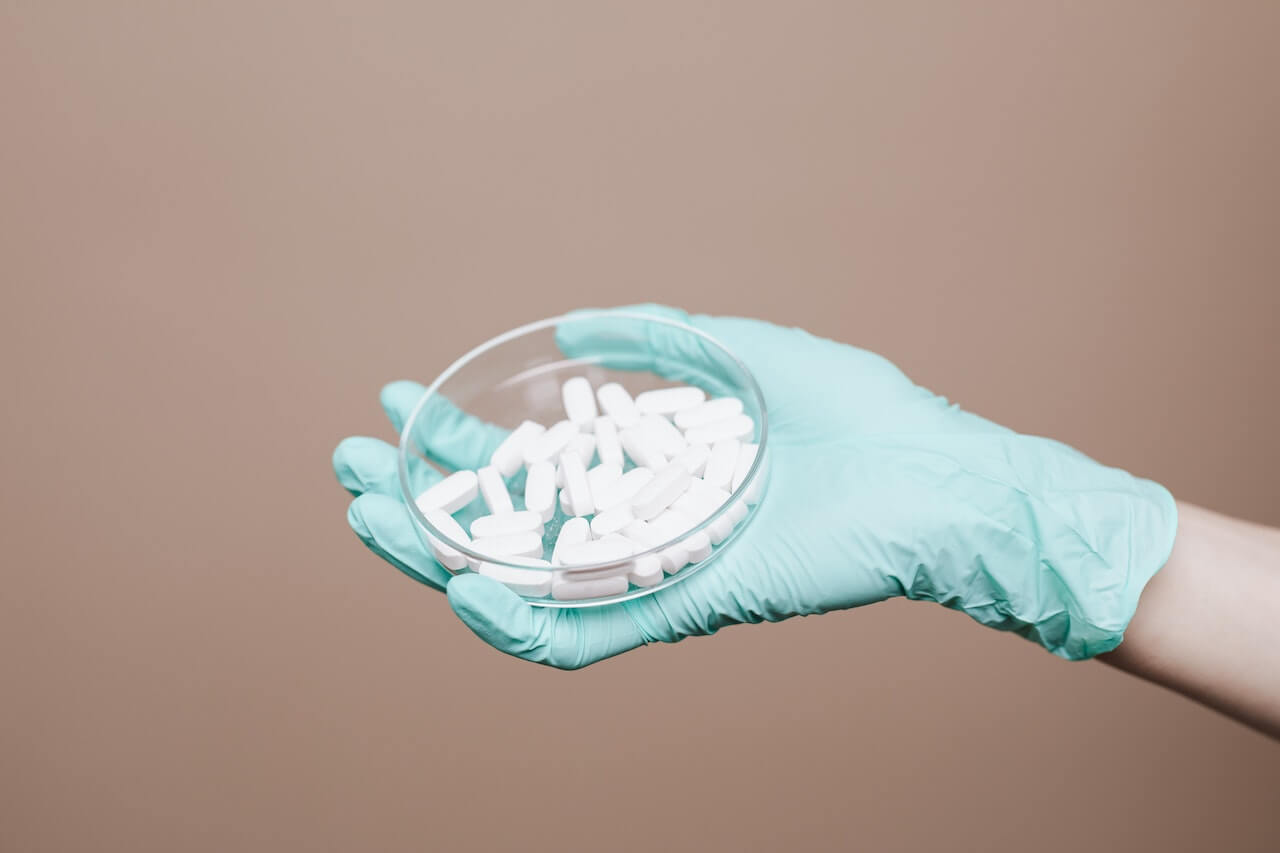🔑 Key Findings:
- Oldenlandia affinis is a flower that typically grows in tropical regions
- An enzyme in the flower is helping to create eco-friendly medications
- Scientists believe these drugs will also be cheaper than current treatments
BATH, United Kingdom — The secret to better medications may have been growing under our feet this entire time. Scientists at the University of Bath explain that an enzyme called OaAEP1 taken from Oldenlandia affinis, a small purple flower native to the tropics, is helping to create a new tool for developing cleaner, eco-friendly, and more affordable pharmaceutical treatments.
Traditional drug treatments usually function by binding to the proteins involved in disease and blocking their activity. This, in turn, either lowers overall symptoms or treats the underlying disease. However, conventional small molecules are not very good at stopping protein interactions. So, nowadays the pharmaceutical industry is actively investigating the potential for producing drugs using small proteins called peptides that function similarly.
Unfortunately, proteins and peptides frequently fail to produce very good drugs due to the tendency of their 3D structures to unravel. More specifically, they are very sensitive to high temperatures, and can be quite difficult to place inside bodily cells – which is where many exciting, yet challenging drug targets reside.
This latest work conducted in the United Kingdom has seemingly produced a solution to this issue. Both protein and peptide strands usually have a start and an end. Well, by joining those loose ends together, study authors explain it is possible to create super rigid “cyclic” proteins and peptides. This would foster improved heat and chemical stability and make cell entry much easier.
Study authors modified the OaAEP1 enzyme taken from the small purple Oldenlandia affinis flower and placed it inside a series of bacterial cells. The bacterial cultures grew in a way so that they would be capable of mass-producing a protein while simultaneously connecting the ends in a single process. Plants can often perform this same process naturally, but in a much slower and lower yielding manner.
Meanwhile, cyclization can occur chemically via the isolation of the enzyme and the mixing of various reagents in a test tube. Such an approach, though, necessitates numerous extra steps and involves the use of toxic solvent chemicals.
Placing this entire process within a bacterial system increases the yield, researchers explain, and also uses more sustainable biologically-friendly substances while cutting back on required steps. Therefore, it is both cheaper and simpler.

To demonstrate their approach, the research team applied their bacterial OaAEP1 technology to a protein known as DHFR. This led to the finding that joining together its head and tail ends increased resistance to temperature fluctuations while still retaining normal function.
“Proteins and peptides are generally quite sensitive to heat, but cyclization makes them much more robust. The Oldenlandia plant naturally makes cyclic proteins as part of a defense mechanism to deter predators,” says Professor Jody Mason from the University of Bath’s Department of Life Sciences in a media release. “So we’ve harnessed this flower super power by modifying OaAEP1 and combining it with existing bacterial protein-producing technology to create a really powerful tool that will help the drug discovery industry.”
“Proteins and peptides are very promising as drug candidates, but a significant bottleneck for the development of new therapeutic treatments is producing enough of the stuff to reach patients without incurring an astronomical cost. Our new process lets the bacteria do all the work – the result is it’s also cleaner and greener, and because it has fewer steps, it is a lot simpler to do,” explains Dr. Simon Tang, Research Associate from the University of Bath’s Department of Life Sciences.
“We’re really excited about the potential applications of this, not only for the pharmaceutical industry but other industries such as the food industry, detergent industry, in biotechnology, and in bioenergy production.”
The study is published in the journal JACS Au.
You might also be interested in:
- Most powerful veggie? How broccoli sprouts could help treat cancer, neurodegenerative diseases
- Evolutionary dead end? Flowers were more diverse 100 million years ago
- Brand Names vs. Generic Drugs: Pharmacist Explains Prescription Drug Differences
